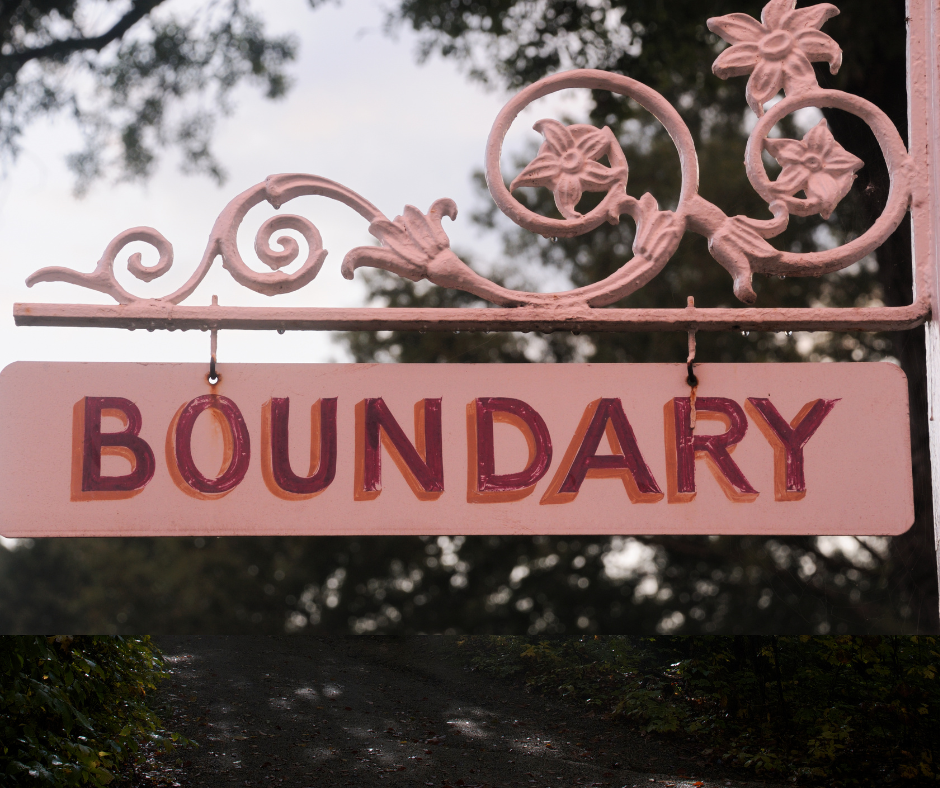As parents, it’s important to help our kids learn how to set boundaries. This can be difficult, but it’s a valuable skill that will serve them well throughout their lives. By setting limits and learning how to stick to them, kids develop self-respect and a sense of control over their lives. They also learn how to respect the boundaries of others. Here are simple ways to help your child set boundaries.
What are boundaries and why do they matter for kids
Boundaries are the limits we set for ourselves and others in order to feel safe and respected. They help us to know what is and is not acceptable in our relationships. For children, boundaries are especially important because they are still learning about themselves and the world around them. By setting boundaries, parents and caregivers can help kids feel safe and secure, while also teaching them about respect for others.
Boundaries also give kids a sense of control over their lives, which can be especially helpful during times of stress or change. When children understand boundaries and feel comfortable enforcing them, they are more likely to grow into happy, healthy adults.
Physical Boundaries
Physical boundaries are the limits we set on physical contact with others. They help us to feel comfortable and safe, and to show respect for other people. Boundaries can be different for each person, and can change depending on the situation. For example, you might feel comfortable hugging a friend, but not a stranger. Or you might be okay with someone touching your arm, but not your hair. It’s important to listen to our thoughts and feelings when setting boundaries, and to communicate them clearly to others. When we respect our own boundaries, it helps others to do the same.
Emotional Boundaries
Kids need to understand that it’s not okay to hurt other people’s feelings on purpose. They also need to learn how to cope with their own emotions in a healthy way.
Setting emotional boundaries with kids can help them to develop a strong sense of self-esteem and self-awareness.
When kids know what their emotional boundaries are, they’re more likely to feel comfortable and confident in themselves. Emotional boundaries can be different for every child, but there are some general guidelines that can help you to set them.
First, it’s important to allow your child to express their emotions freely. This means giving them the space to feel anger, sadness, or any other emotion without judgement or criticism.
Second, it’s important to respect your child’s privacy. This means keeping their confidences and respecting their right to have their own thoughts and feelings.
Finally, it’s important to encourage healthy communication. This means teaching your child how to express their emotions in a constructive way and listening to them when they need to talk. By setting these emotional boundaries, you can help your child to develop into a well-rounded individual.
How to help your child set boundaries with others
Here are some tips:
Be a Rolemodel
One of the best ways to help your child set boundaries is to model healthy boundary-setting yourself.
Be assertive
Encourage your child to use an “I” statement to express their thoughts and feelings, when communicating with others. For example, “I feel _____ when you _____.” This will help your child to see that it’s okay to stand up for themselves and to express their needs.
Be respectful
When setting boundaries with others, always respect their wishes as well. Just as you don’t want others to violate your boundaries, don’t violate theirs either. This will show your child that it’s important to treat others with respect.
Be clear
Help your child communicate their boundaries to others, be as specific as possible. This will help to avoid any confusion or misunderstanding.
How to help your child stick to their boundaries
Once you’ve helped your child to set their boundaries, it’s important to help them stick to them.
Be supportive
Let your child know that you’re there for them and that you support their decision to set boundaries. This will give them the strength to stick to their boundaries, even when it’s difficult.
Encourage healthy coping mechanisms
Teach your child healthy ways to cope with their emotions. This will help them to deal with any negative emotions that come up, without violating their boundaries.
Provide resources
If your child is having trouble sticking to their boundaries, provide them with resources (e.g. books, articles, websites) that can help.
At the end of the day, it’s important to remember that everyone has different boundaries. What works for one person might not work for another. The most important thing is to encourage your child to listen to their instincts and to set boundaries that make them feel comfortable and respected.
What to do if your child’s boundaries are crossed
If your child’s boundaries are crossed, it’s important to take action. Depending on the situation, you may need to talk to the person who crossed the boundary, involve third parties responsible for your child safety, law enforcement, or take other measures.
The most important thing is to make sure that your child feels safe and respected. If you’re not sure what to do, there are many resources available to help you.
Setting boundaries is an important part of helping your child to develop a strong sense of self-esteem and self-awareness. When kids know what their emotional boundaries are, they’re more likely to feel comfortable and confident in themselves.
Setting boundaries can be a challenge for kids and parents alike, but it’s an important skill to learn. We hope our tips have given you some ideas on how to start setting boundaries with your child. And don’t forget – we have a free printable worksheet that can help make setting boundaries easier!
Related Articles
Sibling Conflict – What Should I Do?

